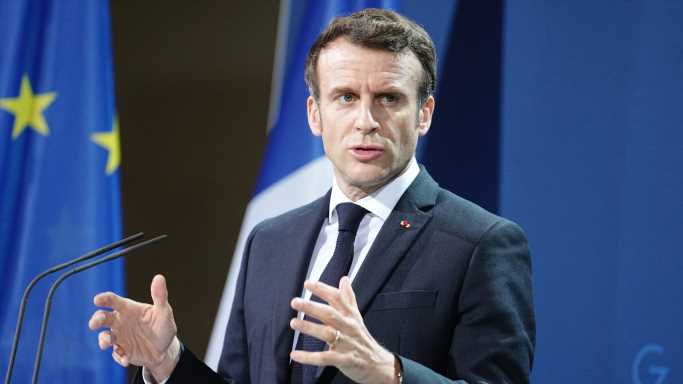When Italian physicist Enrico Fermi split a uranium atom in October 1934, he set off a chain of events that would irrevocably change the course of human history. The process of nuclear fission formed the basis for a new type of theoretical weapon – one with a capacity for destruction unlike anything the world had ever seen. Within 11 years of Fermi’s discovery, the atomic bomb was no longer only theoretical.
In the final weeks of World War II, less than a month after the first nuclear bomb was successfully tested in a remote desert in New Mexico, the U.S. dropped a nuclear bomb over the Japanese city of Hiroshima and another over Nagasaki. The two explosions resulted in an estimated death toll of 150,000 to over 200,000 and plunged the world into the Atomic Age.
While the U.S. was the first country to develop nuclear weapons, it did not remain the world’s sole nuclear power for long. Today, there are an estimated 12,700 nuclear weapons globally, controlled by nine countries. Having at their disposal nuclear arsenals that range in size from a few dozen warheads to several thousand, the leaders of these nine countries have the capacity to significantly alter or end modern civilization as we know it. As such, each of the nine men serving as head of state of these countries is among the most powerful people in human history.
Using data from the 2022 Status of World Nuclear Forces, a report by the nonprofit global policy think tank Federation of American Scientists, 24/7 Wall St. identified the nine people who lead the world’s nuclear-armed states.
Nuclear weapons are considered – both by countries pursuing them and those possessing them – as a deterrent to would-be aggressors. The Cold War between the Soviet Union and the United States would not likely have remained cold had it not been for mutual assured destruction – a defense principle warning that a nuclear strike by one power would be met with a devastating counterattack by the other and result in the annihilation of both belligerents. (This is what a nuclear attack would do to the world’s major cities.)
A nuclear explosion can drive ground temperatures up to over 7,000 degrees Fahrenheit and create destructive shockwaves, potentially killing millions in densely-populated cities. But the devastation can also extend far beyond the immediate blast radius. Multiple nuclear explosions, should any one of the countries on this list engage in a nuclear war, could send millions of tons of black smoke into the stratosphere, reducing sunlight and lowering global temperatures, resulting in lower crop yields and mass famine, to name but a few of the consequences. (This is what a nuclear winter would do to the Earth.)
The nuclear arsenals of today are far more advanced – and destructive – than those of the previous century. Nuclear weapons can now be deployed from the sea, land, and air, and they range greatly in power. Russia, for example, is known to have tactical nuclear weapons, which are generally smaller and designed to be used on the battlefield. Russia has also successfully tested a hydrogen bomb with a 50 megaton payload – a force over 1,500 larger than the bombs used in Hiroshima and Nagasaki and equal to more than 10 times all the munitions used throughout World War II.
Click here to see the nine leaders who have the power to destroy life on Earth.
Sponsored: Find a Qualified Financial Advisor
Finding a qualified financial advisor doesn’t have to be hard. SmartAsset’s free tool matches you with up to 3 fiduciary financial advisors in your area in 5 minutes. Each advisor has been vetted by SmartAsset and is held to a fiduciary standard to act in your best interests. If you’re ready to be matched with local advisors that can help you achieve your financial goals, get started now.
Source: Read Full Article
-
Broadway’s ‘Room’ Completes Casting
-
PepsiCo Unveils "Colachup": A Cola-Flavored Condiment For Hot Dogs
-
How Social Media Turned Porn Biz Upside Down
-
VIDEO: Here's what 'habit stacking' looks like around the house
-
Elon Musk Rolling Out Twitter Feature For Media Publishers To “Charge Users On A Per-Article Basis”

